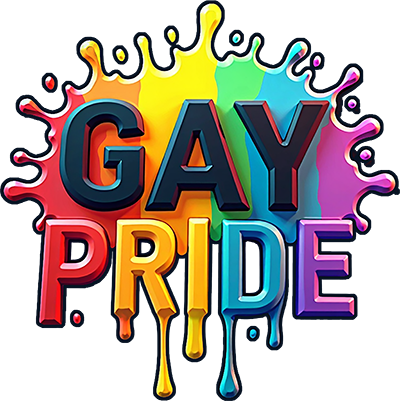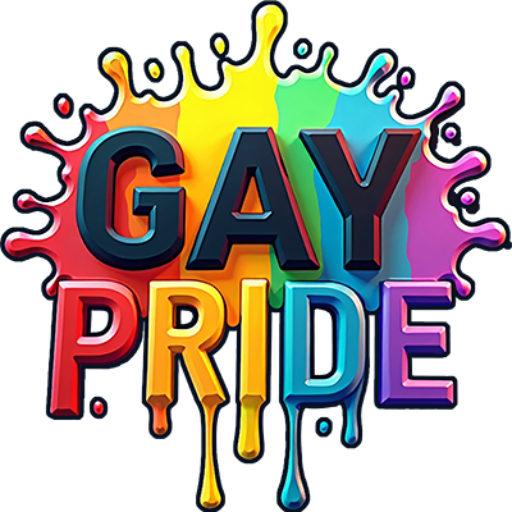The Intersection of Race and LGBTQ+ Identity: Understanding the Complexity
In today’s diverse and interconnected world, understanding the intersectionality of race and LGBTQ+ identity is crucial. This intersection shapes experiences, challenges, and celebrations in unique ways for individuals who navigate both racial and sexual or gender minority statuses. Let’s delve deeper into this complex topic.
Table of Contents
1. Introduction
2. Understanding Intersectionality
3. Challenges Faced by LGBTQ+ People of Color
4. Celebrating Diversity and Resilience
5. Conclusion
6. FAQ
Introduction
The intersection of race and LGBTQ+ identity is a multifaceted topic that involves understanding the layers of discrimination and privilege that individuals face. It’s about recognizing the unique perspectives and challenges that arise when racial identity and LGBTQ+ identity converge. 🌈✊
Understanding Intersectionality
Coined by scholar Kimberlé Crenshaw, “intersectionality” is a term used to describe how various social identities overlap and intersect, leading to different experiences of discrimination or privilege. For LGBTQ+ individuals of color, this intersectionality means navigating both racial and LGBTQ+ identities simultaneously, which can compound experiences of marginalization or exclusion.
Intersectionality emphasizes that people are not defined by a single aspect of their identity. Instead, they experience the world through the complex interplay of multiple identities, including race, gender, sexual orientation, and more.
Challenges Faced by LGBTQ+ People of Color
While society has made strides towards inclusivity, LGBTQ+ people of color still face significant challenges:
1. Double Discrimination: Many individuals experience discrimination not just from the broader society but also within the LGBTQ+ community, where racial biases can persist.
2. Health Disparities: Access to healthcare and mental health support can be limited due to systemic racism and homophobia, resulting in disparities in health outcomes. 🏥
3. Economic Inequality: Racial discrimination in the workplace, combined with biases against LGBTQ+ individuals, can lead to higher unemployment rates and financial instability.
4. Cultural Erasure: Mainstream LGBTQ+ narratives often fail to include the voices and experiences of people of color, leading to a lack of representation and recognition.
Celebrating Diversity and Resilience
Despite these challenges, LGBTQ+ people of color have shown incredible resilience and have made significant contributions to both their communities and society at large. Here are a few ways they are celebrated:
1. Cultural Pride: Many individuals embrace their cultural heritage and LGBTQ+ identity, creating vibrant, inclusive spaces that celebrate both aspects. 🎉
2. Community Building: Organizations and support groups are emerging to specifically address the needs of LGBTQ+ people of color, providing safe spaces and resources.
3. Artistic Expression: Through art, music, literature, and more, LGBTQ+ people of color are sharing their stories and perspectives, challenging stereotypes and inspiring change. 🎨
4. Advocacy and Activism: Many are at the forefront of social justice movements, advocating for equal rights and fighting against systemic injustices that affect both racial and LGBTQ+ communities.
Conclusion
The intersection of race and LGBTQ+ identity is a rich, complex tapestry of experiences. By understanding and acknowledging the unique challenges faced by LGBTQ+ people of color, we can work towards a more inclusive and equitable society. It’s essential to celebrate their resilience, contributions, and the diversity they bring to the broader LGBTQ+ community.
FAQ
Q1: What does intersectionality mean in the context of LGBTQ+ and race?
A1: Intersectionality refers to the way different aspects of a person’s identity, such as race, gender, and sexual orientation, intersect and affect their experiences of discrimination or privilege.
Q2: Why is representation important for LGBTQ+ people of color?
A2: Representation ensures that the diverse experiences and voices of LGBTQ+ people of color are acknowledged and celebrated, helping to combat stereotypes and promote inclusivity.
Q3: How can allies support LGBTQ+ people of color?
A3: Allies can support by educating themselves on the issues, amplifying voices of LGBTQ+ people of color, and advocating for policies that address systemic discrimination.
Q4: What are some organizations that support LGBTQ+ people of color?
A4: Organizations like the Audre Lorde Project, Black Trans Advocacy Coalition, and TransLatina Coalition provide support and resources tailored to the needs of LGBTQ+ people of color.
Q5: How does cultural expression play a role in the lives of LGBTQ+ people of color?
A5: Cultural expression allows LGBTQ+ people of color to celebrate their heritage and identity, fostering community connections and challenging mainstream narratives.

